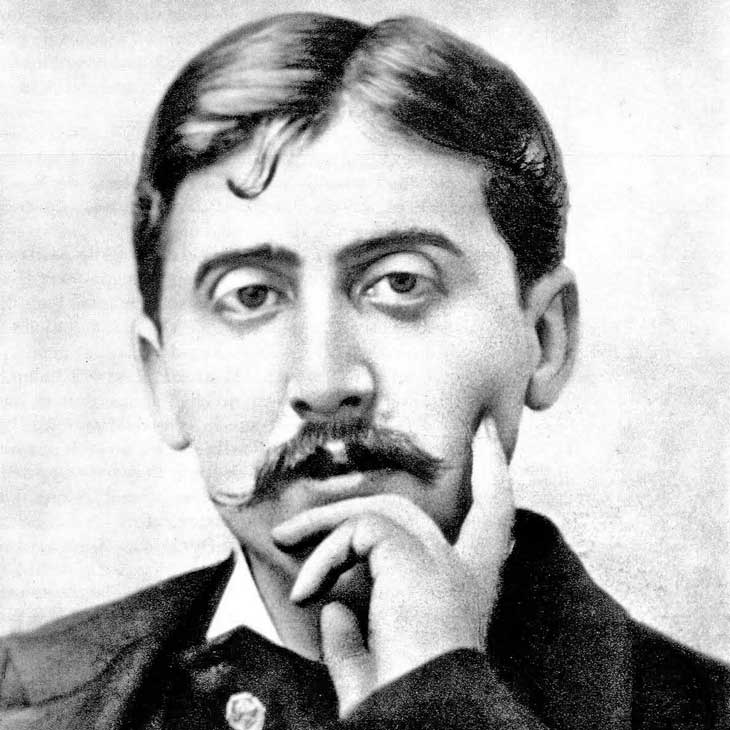On August 16, 1904, with the government planning to abolish subsidies for religious ceremonies, Marcel Proust reacted in the columns of Le Figaro, brandishing the risk of “mute and disused cathedrals”, resembling ancient theaters where tragedies are no longer played out. The whole argument rests on the idea of the living cathedral – and in line with his design: “cathedrals are not only the most beautiful monuments of our art, but the only ones that still live their integral life, that have remained in touch with the purpose for which they were built”. Proust feared that the buildings would turn into museums – where we would experience nothing but coldness and artificiality. Liturgy shares the same symbolism as architecture, sculpture and stained glass, and celebrating it perpetuates meaning and maintains the soul of the place. One of Proust’s most astonishing examples is Chartres – where respect for vocation is the guarantor of ‘artistic’ quality.
“Never before has such a spectacle, such a giant mirror of science, soul and history, been offered to the eyes and intelligence of man. The same symbolism extends to the music heard in the immense vessel, whose seven Gregorian tones represent the seven theological virtues [sic] and the seven ages of the world.
It could be said that a performance of Wagner in Bayreuth (let alone Émile Augier or Dumas on a subsidized theater stage) pales in comparison to the celebration of high mass in Chartres cathedral.
No doubt only those who have studied the religious art of the Middle Ages are capable of fully analyzing the beauty of such a spectacle.
Let’s assume for a moment that Catholicism has been extinct for centuries, that the traditions of its worship have been lost. The only remaining monuments to a forgotten belief are the cathedrals, disused and mute. One day, scholars were able to reconstitute the ceremonies that had once been celebrated there, for which the cathedrals had been built and without which they were no more than a dead letter; when artists, seduced by the dream of momentarily restoring life to these great vessels that had fallen silent, want to make them once again, for an hour, the stage for the mysterious drama that unfolded there, amidst song and perfume, undertaking, in a word, for mass and cathedrals, what the Félibres achieved for the Orange theater and ancient tragedies. Of course, the government would not fail to subsidize such an endeavor. […]
And so, here are scholars who have rediscovered the lost meaning of cathedrals: sculptures and stained-glass windows regain their meaning, a mysterious scent once again floats through the temple, a sacred drama is played out, the cathedral begins to sing again. […] Caravans of snobs go to the holy city (be it Amiens, Chartres, Bourges, Laon, Reims, Beauvais, Rouen, Paris) and, once a year, they experience the emotion they once sought in Bayreuth and Orange: to taste the work of art in the very setting that was built for it. Unfortunately, there as in Orange, they can only be curious, dilettanti; whatever they do, the soul of yesteryear does not dwell within them.”
